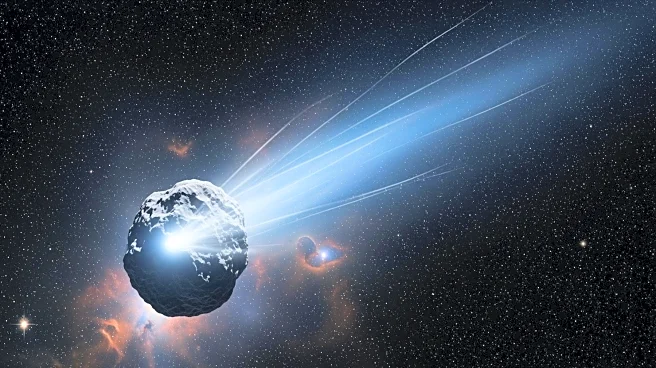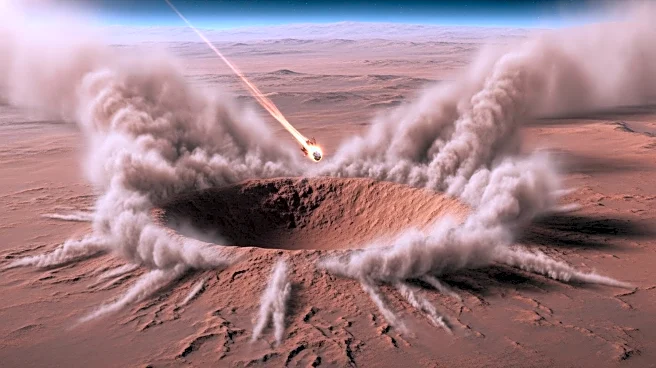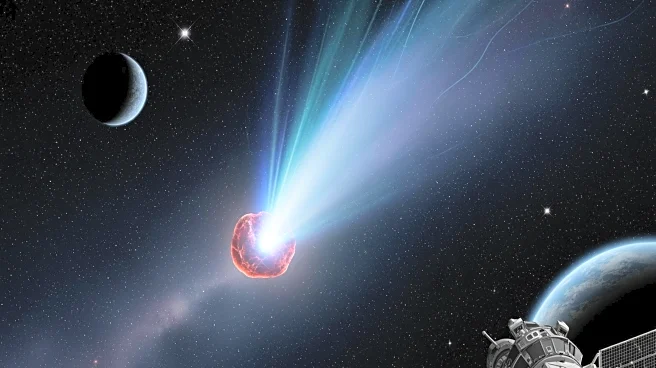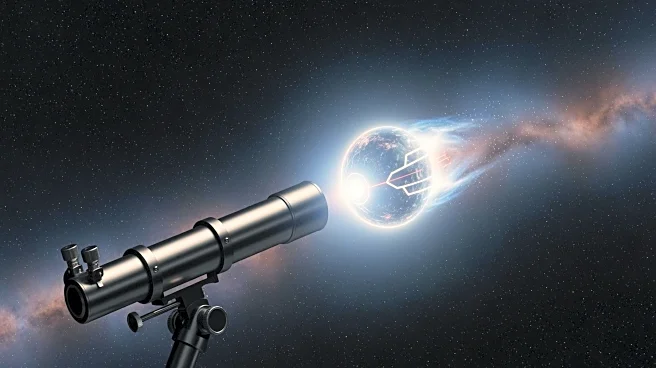What's Happening?
The European Space Agency's ExoMars Trace Gas Orbiter has captured images of dust avalanches on Mars, providing insights into the formation of recurring slope lineae (RSL). These dark, seasonal streaks
are believed to be caused by either briny water thawing or dry sand displacement. The recent images show streaks formed from a dust avalanche on Apollinaris Mons, contributing to the understanding of Martian climate dynamics.
Why It's Important?
Understanding the formation of RSL on Mars is crucial for unraveling the planet's climatic and geological processes. These findings offer valuable data on the dynamic forces shaping Mars, aiding in the exploration of its potential for past life and water presence. The research enhances the scientific community's ability to predict and analyze Martian environmental changes, informing future missions and studies.
What's Next?
Continued observation and analysis of Martian streaks will be essential to refine models of their formation and impact. Future missions, including robotic and crewed explorations, will aim to gather more comprehensive data on Mars' climate and geological history, advancing the search for signs of life and water.












